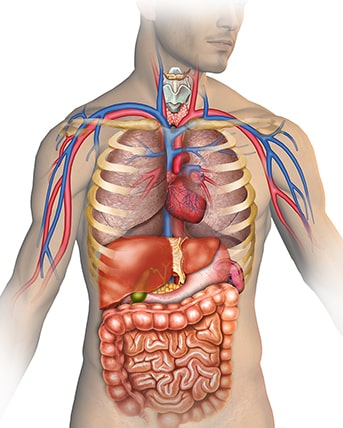
Without going into as much detail, other organs, tissues, and systems experience direct or indirect harm from mold toxins. These include the joints, the skin, the eyes, the bladder, the respiratory system and the cardiovascular systems.
The joints of our body may suffer directly from inflammation or indirectly from autoimmune attacks triggered by mold. Pain, inflammation, and dysfunction result.
The skin may suffer indirectly from the resulting malabsorption and malnutrition or allergic responses which leave hives and weird rashes and random sensations.
The eyes may suffer from the allergic processes or grow a little blurry from either eye muscle fatigue, brain dysfunction, or decreased retinal blood flow.
The bladder may grow overactive or suffer the inflammation of interstitial cystitis. Recurrent bacterial or yeast infections may contribute to urinary symptoms as well.
The respiratory system may evidence symptoms like shortness of breath, cough, and air hunger. The severity can range from annoying to frightening. Allergic processes, inflammatory processes, and fibrosis underlie these symptoms.
The cardiovascular system may reveal blood flow imbalances in extremities or even evidence pressure changes in the heart. This may worsen fatigue and frighten the patient who suffers from unexplained palpitations. Symptoms of postural orthostatic tachycardia syndrome (POTS) may leave patients struggling with walking, driving, and
